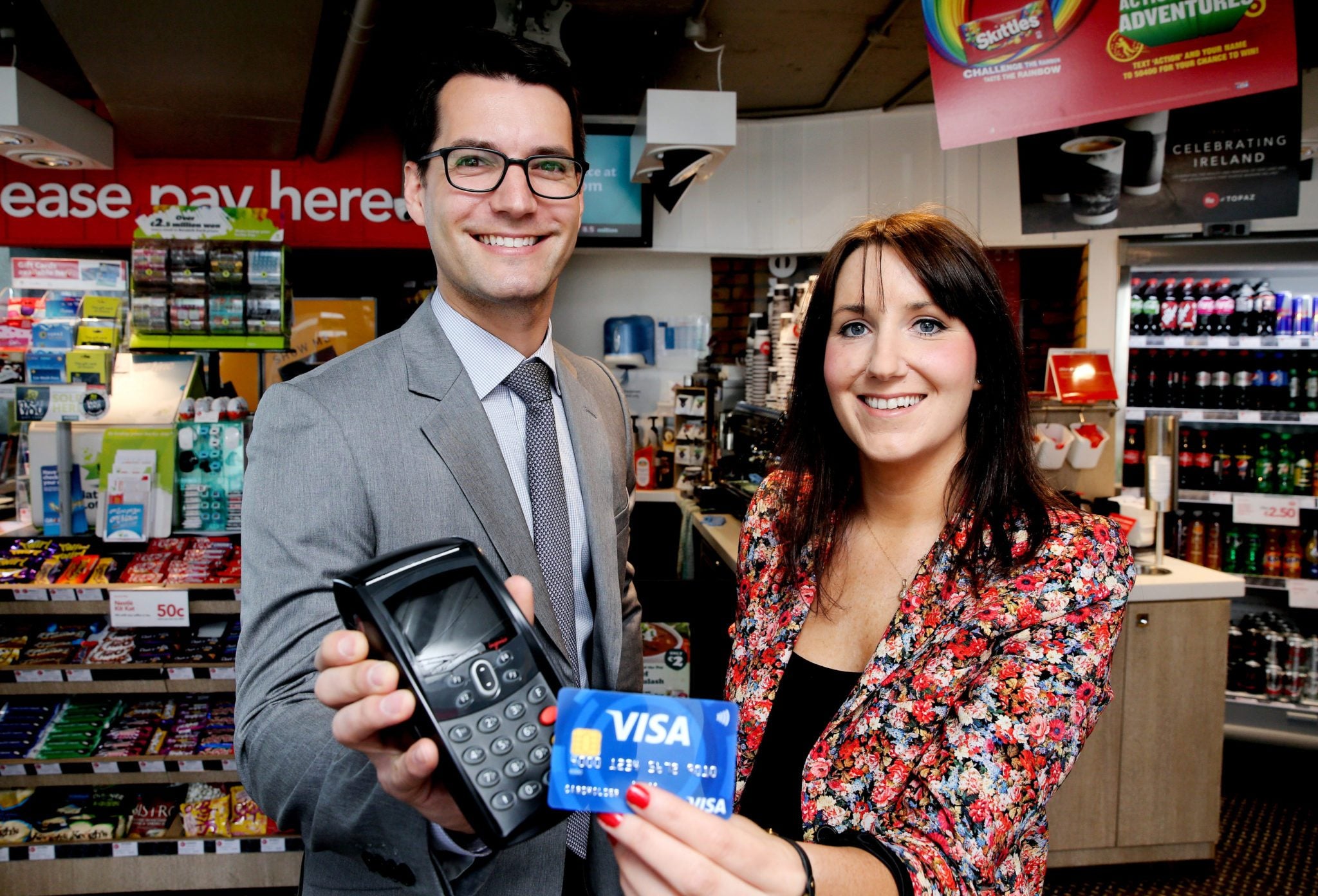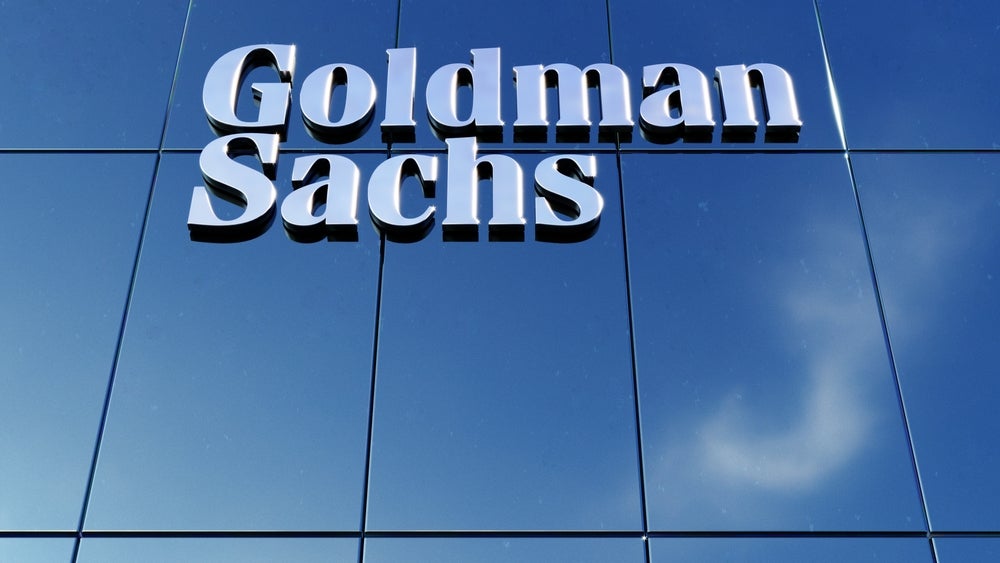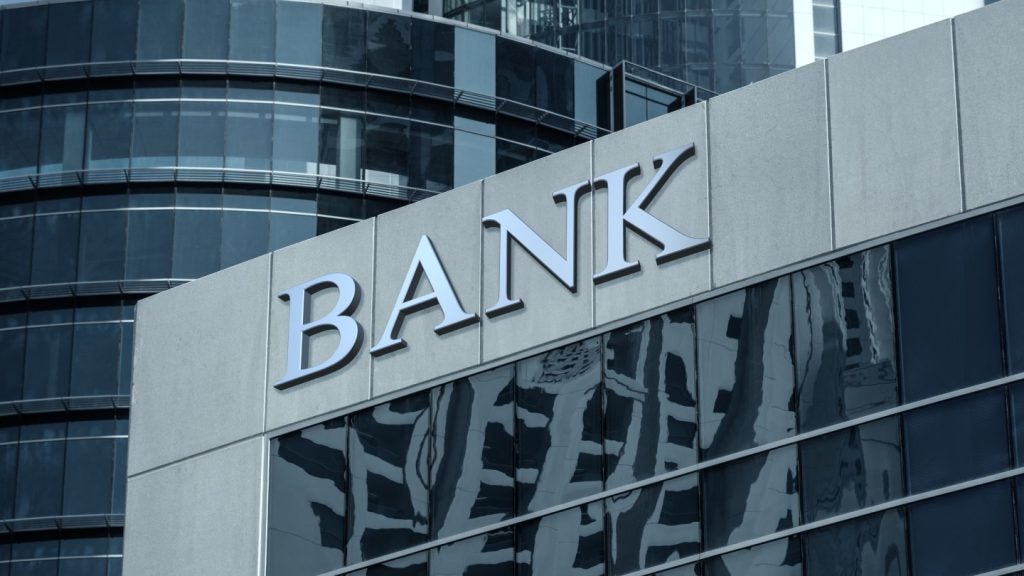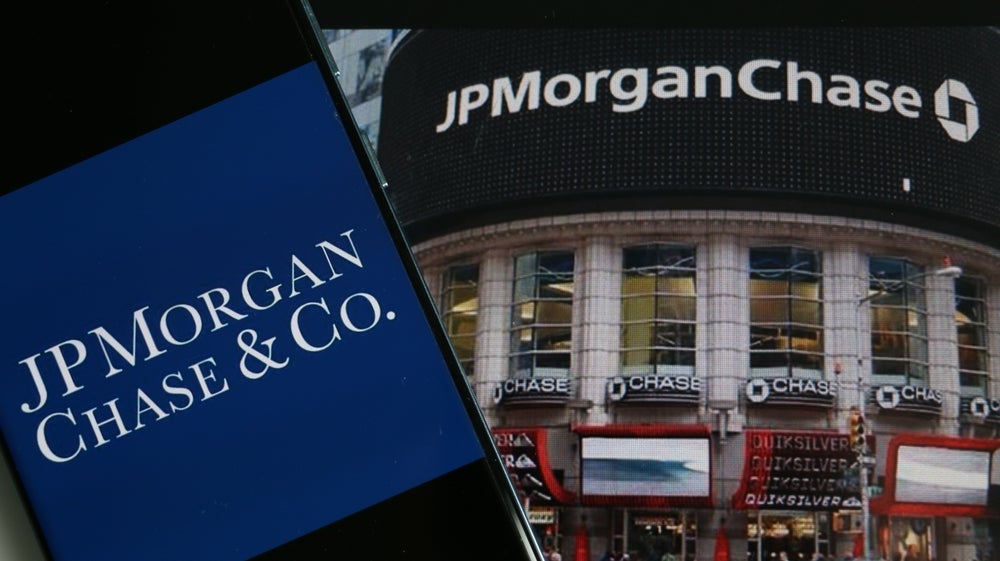
The Chancellor of the Exchequer’s decision to raise the contactless payment limit from £45 to £100 has sparked strong reactions. While retailers cheer it as a boon to business, banks blast it as a fraud risk.
For retailers, the higher spending limit brings bigger ticket items—including many articles of clothing—within the range of instant payments. These do not require a signature or even a pin number.
However, it is the absence of verification which has retailers excited that is causing concerns among bankers.
Banks are urging government and regulators to stagger the hike from the current limit of £45. They hope to curb the number of times contactless cards can be used on any single day because of what they view as a growing fraud risk.
They also cringe at the new limit for multiple transactions, which is £300 (up from £130).
The coronavirus pandemic led to larger amounts spent via contactless payments on debit cards, credit cards, and cards connected to smartphones.
How well do you really know your competitors?
Access the most comprehensive Company Profiles on the market, powered by GlobalData. Save hours of research. Gain competitive edge.

Thank you!
Your download email will arrive shortly
Not ready to buy yet? Download a free sample
We are confident about the unique quality of our Company Profiles. However, we want you to make the most beneficial decision for your business, so we offer a free sample that you can download by submitting the below form
By GlobalDataThe previous increase was a year ago
The spending limit for contactless card payments was increased last year from £30 to £45, with a national roll-out beginning from 1 April 2020.
The decision to raise the limit was taken following consultation between the retail sector and the finance and payments industry. It followed similar increases in several other European countries. The current limit of €50 is set by the European Commission.
The changes had been already under consideration by the industry, but the process was expedited as part of the industry’s response to the Covid-19 outbreak to support consumers who choose to pay using contactless at this time.
The move is part of a ‘Brexit dividend’ in this week’s Budget
The move to £100 is part of a package of post-Brexit measures enabling the UK to diverge from the European Union.
Boris Johnson was told by business leaders earlier this year that an increase would be a potent symbol of Britain’s ability to go it alone.
Experts at the Treasury predict easier transactions will give an extra shot in the arm to the struggling London retail sector, worth over £31bn.
UK Finance has not commented
As we go to press, UK Finance, the banking industry body, has not commented on the move.
At the time of the previous increase, last year, Stephen Jones, CEO of UK Finance, said:
“The payments industry has been working closely with retailers to be able to increase the contactless payment limit to help customers with their shopping at this critical time for the country.
“This will give more people the choice to opt for the speed and convenience of purchasing goods using their contactless card, helping to cut queues at the checkout.
“The industry continues to work closely with the government and regulators to support customers impacted by Covid-19 and ensure that they can pay in a way that suits them.”







